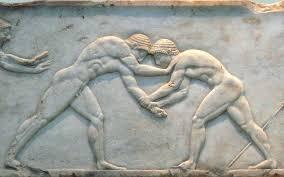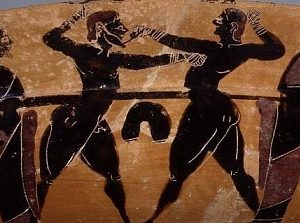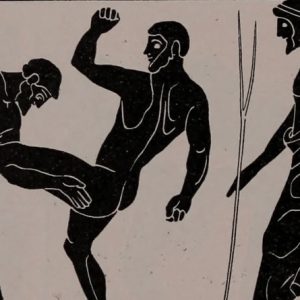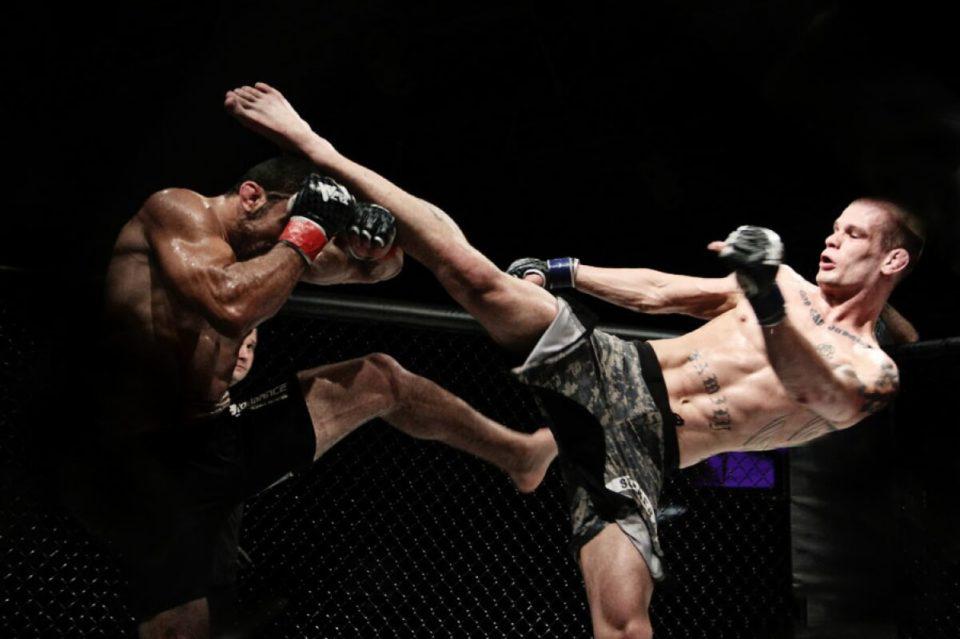MMA
Founder of MMA (Mixed Martial Arts)
Rorion Gracie
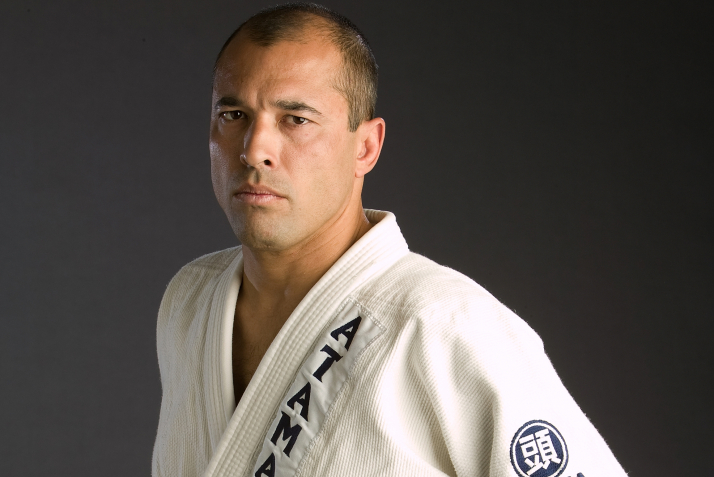
Founder of the sport of MMA (Mixed Martial Arts): Mixed martial arts as an organized sport is believed to have begun to take shape in the 1990s, but the history of MMA goes back even further, dating back to ancient martial arts in some respects. However, one of the key figures in modern MMA history is Rorion Gracie, who co-founded the Ultimate Fighting Championship (UFC), the first and most famous MMA promotion in the world. The UFC was created in 1993 as a tournament where masters of different martial arts could compete against each other to determine the most effective fighting style.
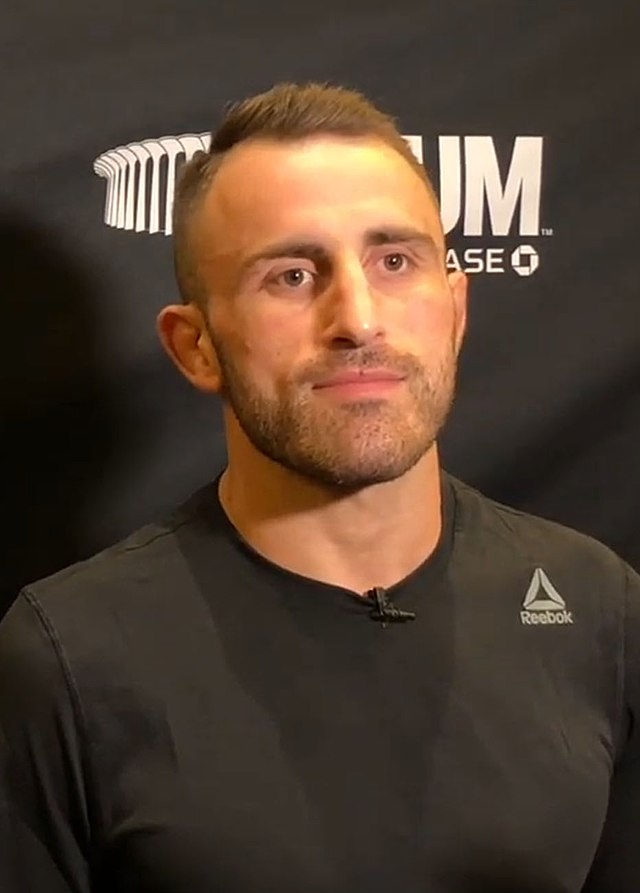
Oleksandr Volkanovsky
World champion in the coming years: There are many organizations and weight classes in MMA, so the world champions can vary greatly. For 2023 in the UFC, for example, one of the outstanding champions is Oleksandr Volkanovsky, who dominated the lightweight category.
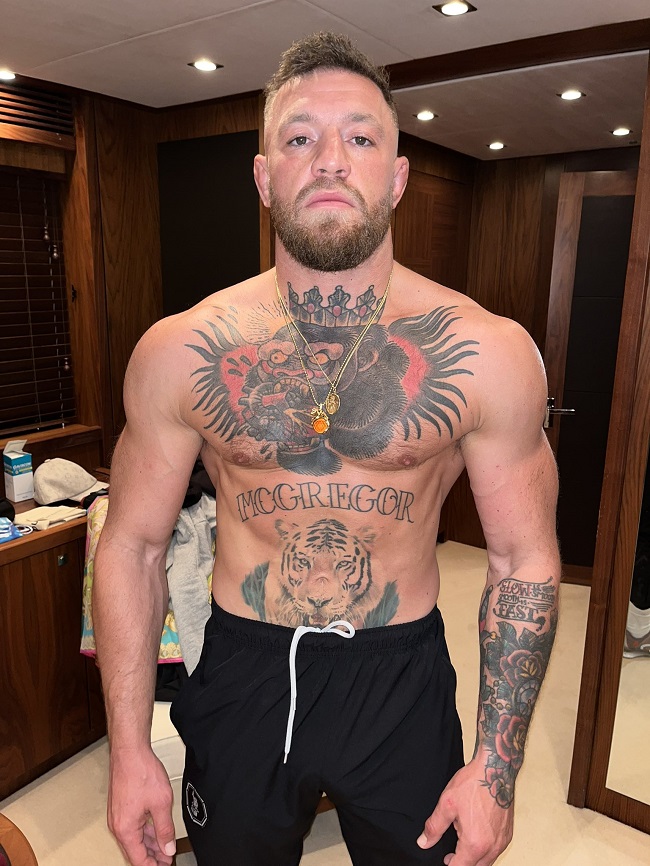
Conor McGregor
one of the most famous and commercially successful fighters in the history of MMA, a former UFC champion in two weight categories.

Khabib Nurmagomedov
an undefeated lightweight who finished his career with a record of 29-0.

Amanda Nunes
Olympic champion and multiple world champion in the weight category up to 73 kg.
Mixed martial arts (also MMA – from the English Mixed Martial Arts) are martial arts (often incorrectly called “fights without rules”), which are a combination of many techniques, schools and directions of martial arts. MMA is a full contact fight with the use of striking techniques and fighting both in the stance (clinch) and on the floor (parterre). The term “Mixed Martial Arts” was proposed in 1995 by Rick Blum, president of Battlecade, one of the early MMA organizations, and later found steady use in non-English-speaking countries.
The origins of MMA go back to BC: the ancient Greeks held pankration competitions at the first Olympic Games, but MMA could not boast of significant popularity in the world until the 1990s. Only with the formation and development of such organizations as “Ultimate Fighting Championship”, “Pride Fighting Championships”, etc. The popularity of MMA has increased dramatically, which also contributed to the decline in the spectacle of professional boxing.
Since the early competitions had minimal rules, due to criticism of the sport as a “bloody carnage”, promoters introduced additional restrictions to increase the safety of the athletes and attract new spectators. Thanks to these efforts, modern MMA is one of the fastest growing sports, as evidenced by sales of pay-per-view broadcasts, media coverage, growth in the number of athletes involved, and increased sales of MMA-related merchandise.
Modern mixed martial arts have their roots in two events: Vale tudo (literally from port. – “Everything is allowed”) competitions in Brazil and Japanese shoot wrestling. Vale Tudo originates in the third decade of the 20th century, when representatives of Brazilian jiu-jitsu Carlos Gracie and Helio Gracie invited anyone to compete with them in a fight. This was the so-called “Gracie Challenge”, which was later supported by Gracie’s descendants.
In Japan in the 1970s, professional wrestler Kanji “Antonio” Chenzi (Japanese: 猪 木 寛 至) organized a series of mixed martial arts matches. In particular, on June 26, 1976, Chenzi met with the famous boxer Mohammed Ali. Initially, it was planned to fight under mixed rules in the full sense, however, two days later a restriction was introduced that significantly affected the outcome of the meeting: The monk was allowed to kick only if he stood on one knee on the floor. In the end, Ali landed six punches, and Chenzi spent almost the entire fight on the floor, not letting Ali get to him with low kicks. The fight ended in a draw, although the damage to Ali’s legs almost put his boxing career in jeopardy. As a result of the unspectacular fight, the opinion spread that fights under mixed rules are impossible due to the inadequacy of the rules, and for a long time they were not held. However, Chenzi continued to organize fights under mixed rules from time to time, which did not receive wide recognition, however, they led to the formation of the first mixed martial arts organization in 1986, known as “Shooto” (English Shooto). Chenzi himself had nothing to do with Shuto: the organization was founded by his former “colleague from the wrestling ring” Satoru Sayama.
Later, MMA developed in different countries in different ways. In the United States, the popularity of MMA began to grow in 1993, when California businessman Art Davey and the head of the Brazilian Jiu-Jitsu school Rorion Gracie organized the first Ultimate Fighting Championship (UFC) tournament, which took place in Denver, Colorado. The eight-part tournament, which had a $50,000 prize fund for the winner, included representatives of boxing, sawata, sumo, karate and wrestling. To the surprise of 2,800 spectators present in the hall, and another 86,000 who bought a paid broadcast on cable television, the winner of the tournament was the Brazilian athlete Royce Gracie, who was significantly inferior to all his opponents in height and weight and won thanks to suffocating and painful techniques, little known at that time time. Subsequently, Gracie won two more UFC tournaments, thereby widely popularizing Brazilian jiu-jitsu – one of the key components in the training of many MMA fighters today.
The rules of modern MMA have undergone significant changes since the first fights for Vale tudo, shoot wrestling and UFC 1, and even more changes since the days of pankration. With the development of technique techniques and numerous improvements in the processes of physical training, it became clear that excessively loose rules must be changed. The main motivating factors were the need to protect the health of fighters and the desire to get rid of the stereotype of “human cockfights” typical of the early 1990s. Such a perception hindered the development of the sport, and promoters were forced to change the rules to more lenient ones. The new rules included the division into weight categories, the use of special gloves, additional restrictions on allowed techniques and time frames for fights
Several MMA techniques:
Rear Naked Choke
a choke technique in which the fighter engages the opponent's neck from behind using his forearm and biceps.
Double Leg Takedown
a basic grappling technique where the fighter grabs both legs of the opponent and uses his weight and forward momentum to knock him down.
High Kick
a powerful kick to the opponent's head or upper body, often used in a stance.


